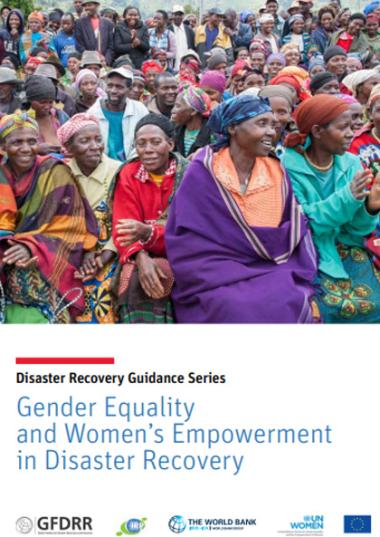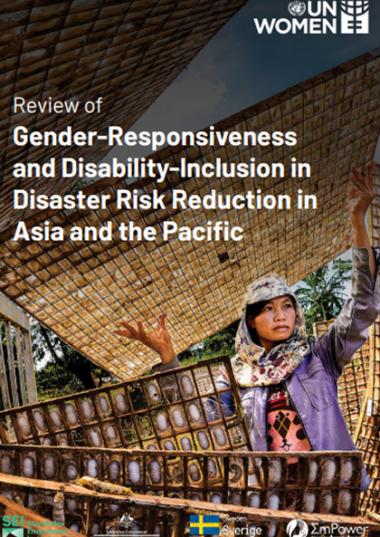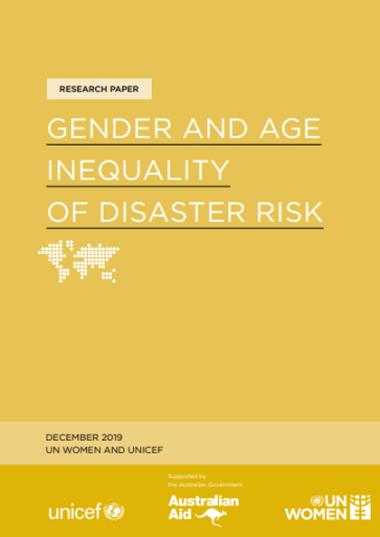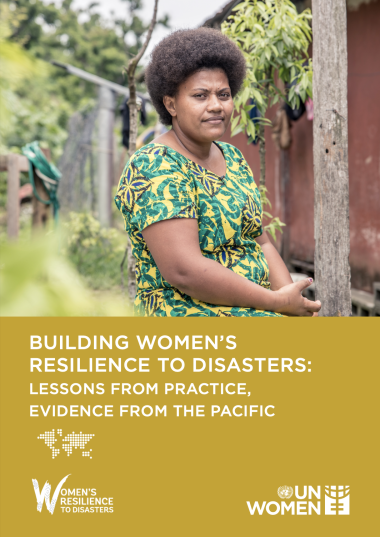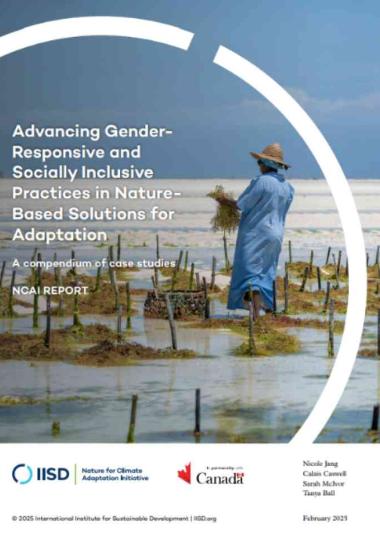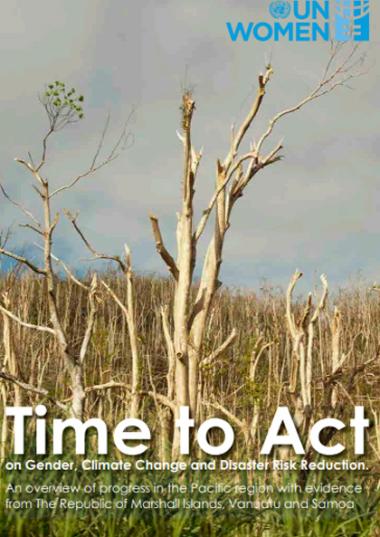
Publication
Gendered vulnerabilities to climate change: insights from the semi-arid regions of Africa and Asia
August 2016
This brief draws examples from the semi-arid regions of Africa and Asia and details how gender is or is not an integral element of adaptation practices and policies. The document offers recommendations for how greater inclusion can be achieved, in a context where policy approaches aimed at strengthening local communities’ adaptive capacity largely fail to recognise the gendered nature of everyday realities and experiences.
The key lessons from the aforementioned regions are the following:
- Within the policy domain, gender is hardly addressed, and if it is, there is typically refers only to women
and as a homogenous category, with no reflection on possible differences based on social location of class and ethnicity, or geographical and agro-ecological contexts. - For targeted and equitable policymaking, it is important to identify those most vulnerable based on a range of socio-demographic variables including gender, class, education, access to assets and social networks.
- It is important to consider adaptation in a more holistic way, to include changes at multiple levels, and across different domains (climate, political, ecological, economic, and social).
- Strategies that enhance cooperation and provide opportunities to both women and men and, crucially,
renegotiating gender roles and responsibilities in more equal ways are important. - Critical information on different types of adaptation strategies, both productive and replicable, needs to be accessible to both men and women.
This document is published under a Creative Commons Attribution-NonCommercial-ShareAlike 4.0 International licence.
